Chess Strategy 1.d4 d5 2.e4 Extra How to Beat Intermediate Chess Players Tim Sawyer Chess Strategy 1.d4 d5 2.e4 Extra: How to Beat Intermediate Chess Players Copyright 2022 by Sawyer Publications All rights reserved. No part of this book may be reproduced in any form without permission in writing from the author. Disclaimer and FTC Notice No part of this publication may be reproduced or transmitted in any form or by any means, mechanical or electronic, including photocopying or recording, or by any information storage and retrieval system, or transmitted by email without permission in writing from the publisher. While all attempts have been made to verify the information provided in this publication, neither the author nor the publisher assumes any responsibility for errors, omissions, or contrary interpretations of the subject matter herein. This book is for entertainment purposes only. The views expressed are those of the author alone, and should not be taken as expert instruction or commands.
The reader is responsible for his or her own actions. Adherence to all applicable laws and regulations, including international, federal, state, and local governing professional licensing, business practices, advertising, and all other aspects of doing business in the US, Canada, or any other jurisdiction is the sole responsibility of the purchaser or reader. Neither the author nor the publisher assumes any responsibility or liability whatsoever on the behalf of the purchaser or reader of these materials. Any perceived slight of any individual or organization is purely unintentional. Cover design by: https://www.fiverr.com/pro_ebookcovers Table of Contents Introduction This Blackmar-Diemer Gambit book covers 50 games that I played in late 2021 and early 2022. This is a collection of various extra games you might enjoy.
This book is purely for entertainment value. I illustrate chess strategy from these games played as 10-minute rapid fun games. I use strategy for my comments to explain whats going on. I follow any of these steps. 1. 2. 2.
Imagine how to improve it. 3. Plan how to get there. Players rated under 1800 tend to choose odd moves. This collection of unrated games sees me facing those without deep theoretical knowledge. Opening theory and endgame knowledge help your play, but tactics win most games.
If you want better games, see my previous Chess Strategy Blackmar-Diemer Gambit book or my older BDG books. A chess player friend of mine told me that his intermediate opponents never play the main lines of popular openings. He said that his knowledge of opening theory did not help. That gave me an idea for this series of books on How to Beat Intermediate Chess Players using popular openings. Intermediate players typically range from 1300 to 1799. Yes, I can beat most intermediate players most of the time with any opening.
Where am I going to find such players? For ten months, I played 2650 unrated 10-minute games (formerly blitz, now called rapid). I won 2500 games. I drew 38, and I lost 112 games. Because I attack immediately in the opening, I won 300 short games in less than 10 moves. I chose to play 10-minute rapid games vs random guests on chess.com. That way Id never be under time pressure.
Five to seven seconds per move is an easy pace for me. I was a USCF Postal Chess Master. I won an International Correspondence Chess Federation Master Class event. I played Board 4 for the USA in the 10th Correspondence Olympiade 1982-84. I was an Expert in USCF tournament play. I played blitz chess in the Internet Chess Club for 22 years with standard, blitz, and bullet ratings all over 2200.
My peak blitz rating was 2492 back in 1998. Now its 2050. I use strategy for my comments to explain whats going on. I follow any of these steps. 1. 2. 2.
Imagine how to improve it. 3. Plan how to get there. My opening philosophy against intermediate players is to challenge them in the center quickly with as many pawns and pieces as possible. I prefer a classical style for this. My strategy is to win games by just playing good moves.
Good moves will never give you a bad position. Unless you are in a position where there is only one good move, you dont have to be perfect. Just play a good move. Youll do fine. If your pieces are safe and active, its a good move! To be a complete player, you must study complete games. I can win in the opening, the middlegame or the endgame.
Pattern recognition is key to tactical skill. As you improve, you will notice and remember patterns of pawn structure or of piece arrangements that lead to tactics. Some lead to checkmates. Others lead to combinations that win material. Intermediate chess players lose because they fail to keep their pieces safe, fail to activate all their pieces, fail to spot checkmates and fail to see combinations that win material. I assume that you can read algebraic chess notation.
The diagrams have White at the bottom of the board. Thank you for reading my books. I hope you enjoy this one!
Chapter 1 2.e4 dxe4 3.Nc3
Game 1 [3.Nc3 e3 4.Bxe3 Qd5]
Sawyer Guest, Chess.com, 26.10.2021
1.d4 d5 2.e4 dxe4 3.Nc3 [The Blackmar Gambit is 3.f3 but Emil J. Diemer improved the opening with 3.Nc3 Nf6 4.f3. These first three chapters have games where Black avoids 3Nf6. The next two chapters cover 3f5, then 3Bf5.] 3...e3 [My opponent throws away a pawn.] 4.Bxe3 Qd5
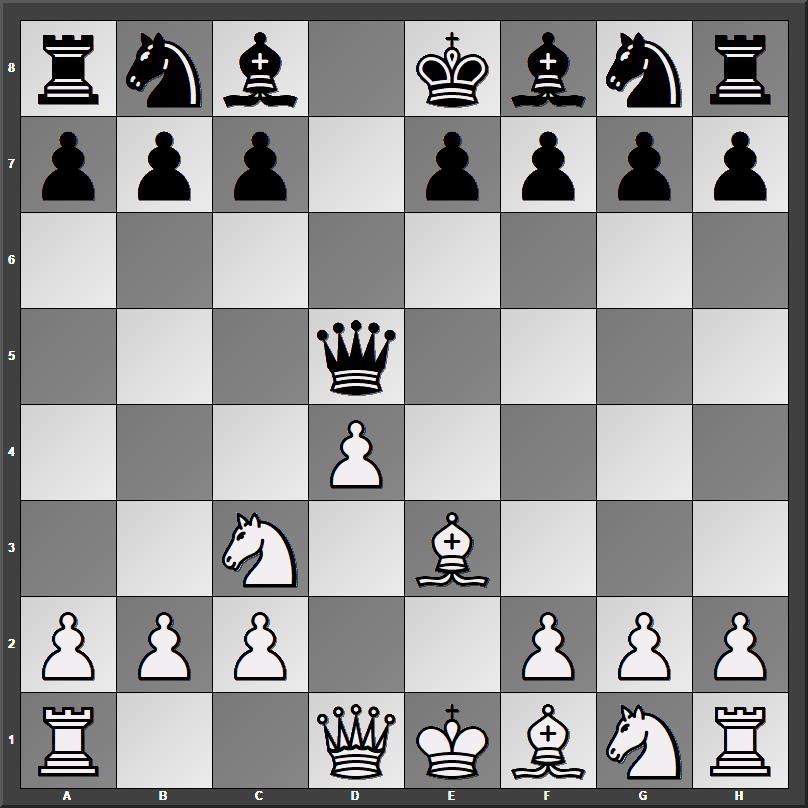
My opponent hangs a queen.
This happens when a player enters a section higher than ones skill level. I still need to win by checkmate quickly! Black normally chooses 4...Nf6. 5.Nxd5 Kd7 6.Bf4 My bishop covers c7 for my knight. 6...Kc6 7.Nxc7 b6 8.Nxa8 White wins a rook. 8...Kb7 9.Nc7 Be6 10.Qf3+ Kc8 11.Nxe6 fxe6 12.Bxb8 Kxb8 I have mate in three. Isolate the king.
Bring in the bishop.  13.Qc6 Nf6 14.Ba6 Nd5 15.Qb7# 10 Black is checkmated
13.Qc6 Nf6 14.Ba6 Nd5 15.Qb7# 10 Black is checkmated
Game 2 [3.Nc3 g6 4.Nxe4 Bg7]
Sawyer Guest, Chess.com, 15.02.2022
1.d4 d5 2.e4 dxe4 3.Nc3 g6 Black plans a bishop fianchetto as in the Modern Defence but with ...d5 added. Its not a bad strategy. It this case, I did not feel like playing the gambit 4.f3. There is no sense playing to regain the pawn when I can just take it now. 18.Qxc6+ Nd7 19.Qxa8+ Qd8 20.Qxd8+ 10 After 20...Kxd8 21.bxc3, White is a rook ahead. 18.Qxc6+ Nd7 19.Qxa8+ Qd8 20.Qxd8+ 10 After 20...Kxd8 21.bxc3, White is a rook ahead.
Black resigns
Game 3 [3.Nc3 Nc6 4.d5 Nb4]
Sawyer Guest, Chess.com, 22.11.2022
1.e4 d5 2.d4 dxe4 3.Nc3 Nc6 The opening goes from a Scandinavian to a Nimzowitsch Defence 1.e4 Nc6 covered in my Queen's Knight books. 4.d5 Nb4 [This move is risky. Instead, sometimes as Black I play 4...Nb8 5.Nxe4 c6 with chances for both sides.]
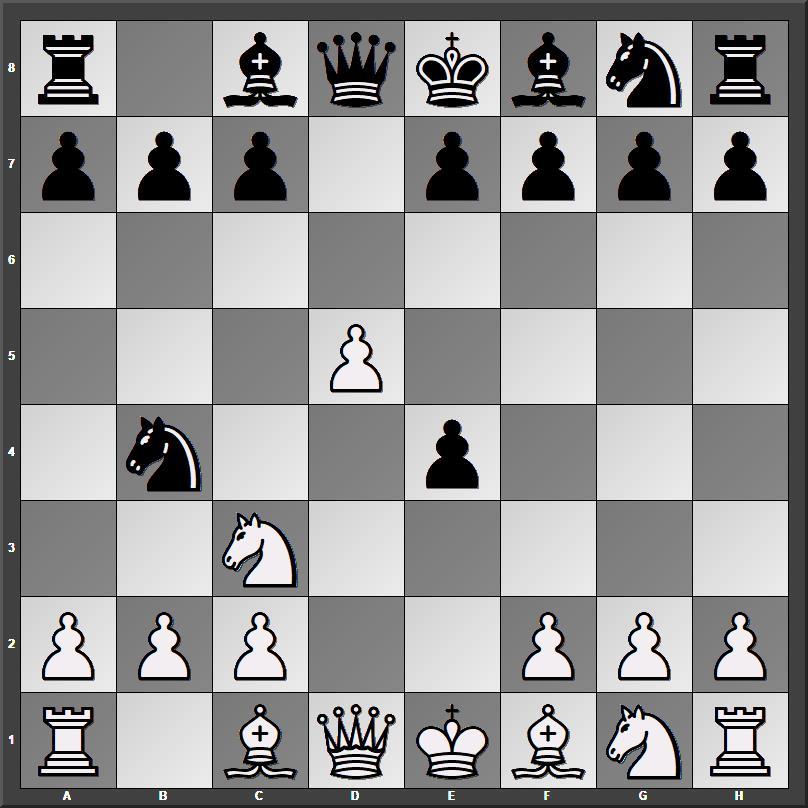
5.a3 [I must kick the knight before Black plays 5...Nf6 to gang up on d5.] 5...Nxd5 [This loses a knight. Most players choose 5...Na6 when White has many good choices.] 6.Qxd5 Qxd5 7.Nxd5 [White has won a knight and is about to win more.] 7...e6 8.Nxc7+ [My knight fork check wins a rook.] 8...Kd8 9.Nxa8 b6 10.Bf4
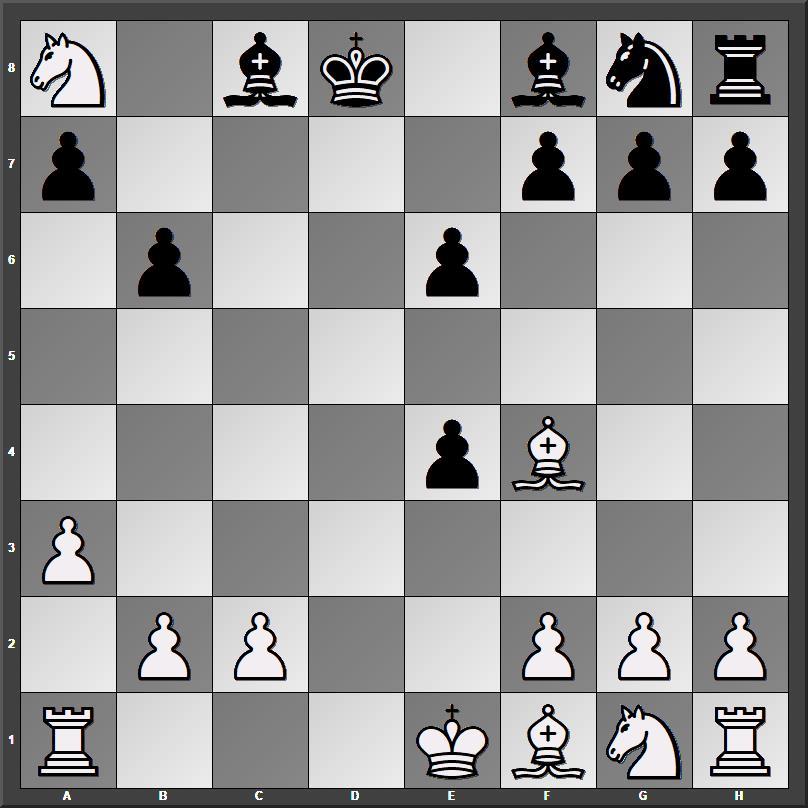
My dark-squared bishop prepares an escape for my knight. 10...Bb4+ Patzer sees check. 11.axb4 Nf6 12.000+ Ke7 13.Nc7 Ng4 14.Nh3 Nxf2 15.Nxf2 10 White is ahead by three pieces and a rook. 11.axb4 Nf6 12.000+ Ke7 13.Nc7 Ng4 14.Nh3 Nxf2 15.Nxf2 10 White is ahead by three pieces and a rook.

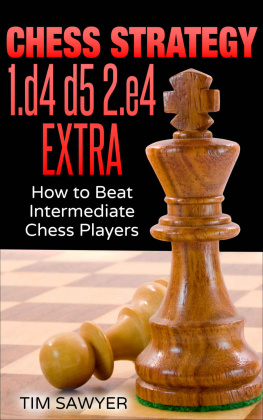

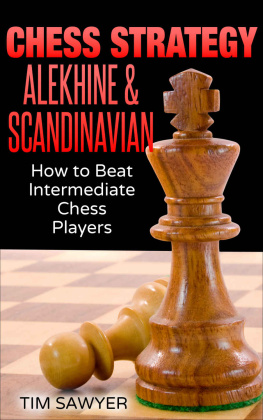
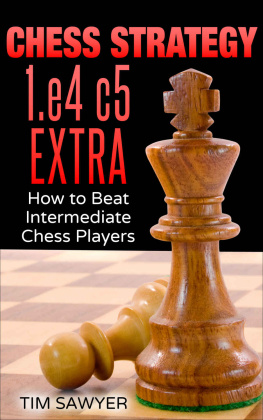
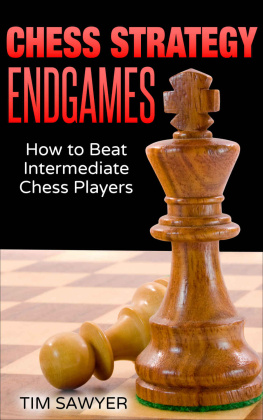
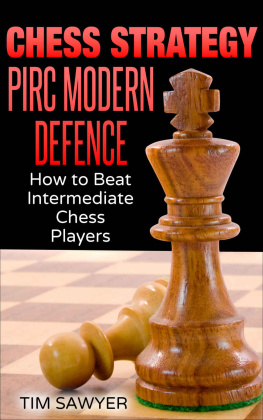
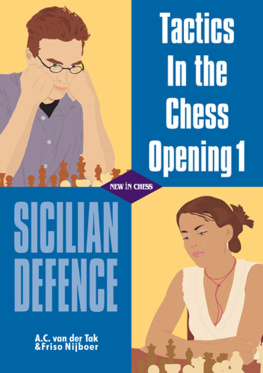

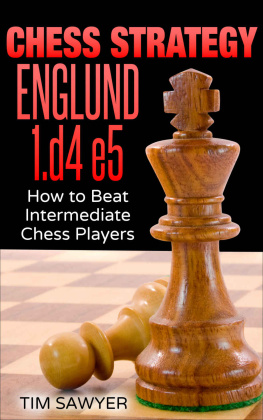
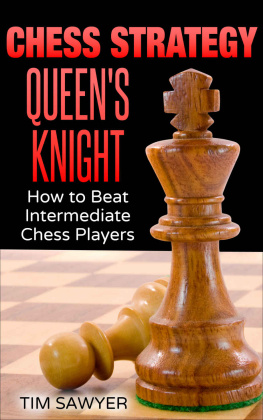
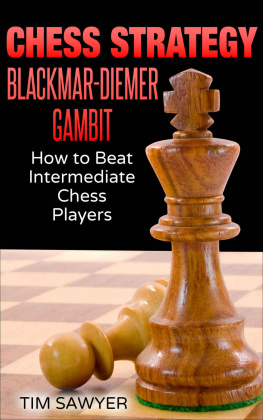

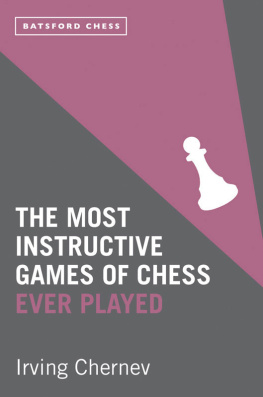
 My opponent hangs a queen.
My opponent hangs a queen.  13.Qc6 Nf6 14.Ba6 Nd5 15.Qb7# 10 Black is checkmated
13.Qc6 Nf6 14.Ba6 Nd5 15.Qb7# 10 Black is checkmated 5.a3 [I must kick the knight before Black plays 5...Nf6 to gang up on d5.] 5...Nxd5 [This loses a knight. Most players choose 5...Na6 when White has many good choices.] 6.Qxd5 Qxd5 7.Nxd5 [White has won a knight and is about to win more.] 7...e6 8.Nxc7+ [My knight fork check wins a rook.] 8...Kd8 9.Nxa8 b6 10.Bf4
5.a3 [I must kick the knight before Black plays 5...Nf6 to gang up on d5.] 5...Nxd5 [This loses a knight. Most players choose 5...Na6 when White has many good choices.] 6.Qxd5 Qxd5 7.Nxd5 [White has won a knight and is about to win more.] 7...e6 8.Nxc7+ [My knight fork check wins a rook.] 8...Kd8 9.Nxa8 b6 10.Bf4  My dark-squared bishop prepares an escape for my knight. 10...Bb4+ Patzer sees check. 11.axb4 Nf6 12.000+ Ke7 13.Nc7 Ng4 14.Nh3 Nxf2 15.Nxf2 10 White is ahead by three pieces and a rook. 11.axb4 Nf6 12.000+ Ke7 13.Nc7 Ng4 14.Nh3 Nxf2 15.Nxf2 10 White is ahead by three pieces and a rook.
My dark-squared bishop prepares an escape for my knight. 10...Bb4+ Patzer sees check. 11.axb4 Nf6 12.000+ Ke7 13.Nc7 Ng4 14.Nh3 Nxf2 15.Nxf2 10 White is ahead by three pieces and a rook. 11.axb4 Nf6 12.000+ Ke7 13.Nc7 Ng4 14.Nh3 Nxf2 15.Nxf2 10 White is ahead by three pieces and a rook.